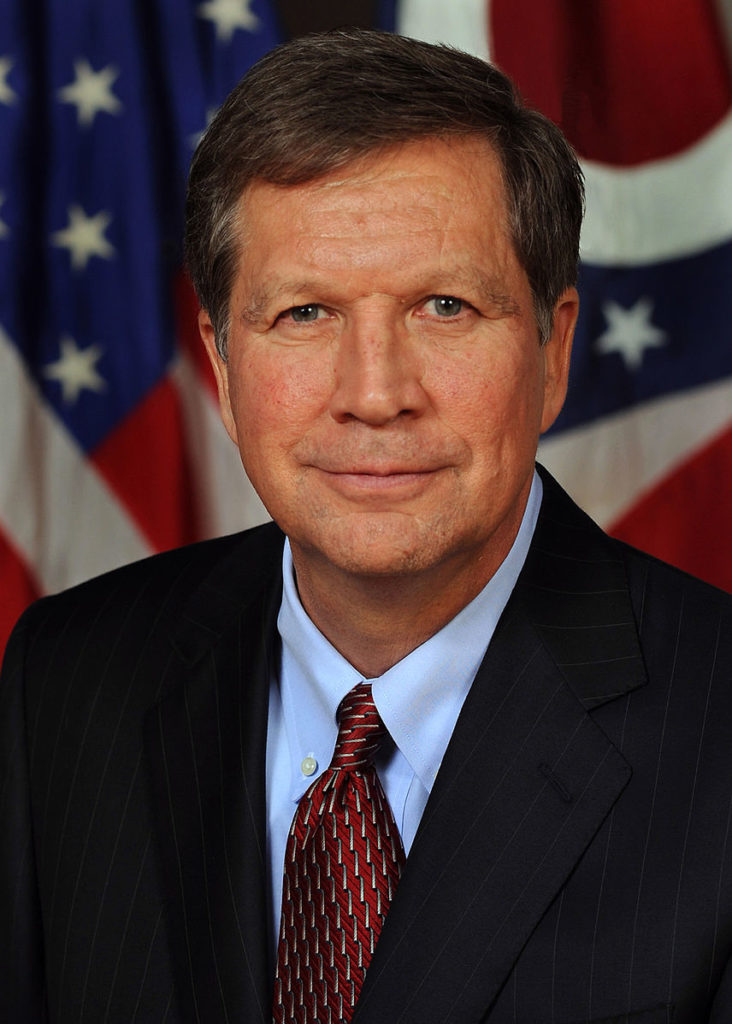 Ohio Governor John Kasich is out to revamp the Buckeye state’s energy policy. He is calling for better integration of renewable energy sources, a modernization of health and environmental laws for the natural gas industry and a new tax on natural gas to cut personal income taxes. The Governor claims these initiatives will help to lower electricity rates.
Ohio Governor John Kasich is out to revamp the Buckeye state’s energy policy. He is calling for better integration of renewable energy sources, a modernization of health and environmental laws for the natural gas industry and a new tax on natural gas to cut personal income taxes. The Governor claims these initiatives will help to lower electricity rates.
Renewable energy in Ohio is promoted through the Renewable Energy Portfolio standards(RPS) which require 12.5 percent of the state’s power to come from alternative sources like wind and solar by 2025. An additional 12.5 percent is supposed to come from “advanced” energy sources like nuclear and fuel cells. In past, the Kasich administration has been accused of wanting to repeal these energy mandates. But instead of ending subsidies for renewable energy that are too expensive to compete in the market, the new energy policy seeks a softer approach.
The Governor wants to expand the use of co-generation or the use of waste heat from industrial processes, such as blast furnaces, to generate electrical power. This would be accomplished by adding co-generation to the list of energy sources that are mandated under the RPS.
Transmission improvements are also being considered to encourage the use of renewable energy sources. The administration is seeking better integration of renewable sources with the electric grid by identifying and fixing transmission line inadequacies.
Renewable electricity isn’t the state’s only concern. The plan is also designed to address the needs of the growing shale drilling industry. Apart from updating health and safety regulations, new regulations are being designed to ensure there is adequate power for shale gas processing facilities that will soon appear in eastern counties.
Kasich wants to jump start the demand side of the shale boom too by encouraging the use of compressed natural gas, or CNG, as a fuel for cars and trucks. His administration is assessing the conversion of all or part of the state fleet to CNG. The Governor?s office is also proposing a revolving loan fund to help build a network of natural gas as well as biodiesel and ethanol fueling stations.
Finally, the most controversial part of the energy strategy is an across-the-board income tax cut for all Ohioans financed through a tax horizontal “shale wells”. Natural gas wells would be taxed at 1 percent and oil wells initially at 1.5 percent. The crude oil tax would increase to 4 percent in later years. Budget advisers are confident the tax can generate as much as $500 million a year, allowing the administration to reduce income taxes by 5 percent.
The Kasich energy plan faces an uphill battle in the Ohio General Assembly where lawmakers are reluctant to consider sweeping changes in an off-budget, not to mention election year. The bigger question, however, is if the energy scheme will really accomplish lower rates for Ohio consumers. Transmission and system upgrades are often needed investments to maintain the reliability and efficiency of the grid, however, encouraging the construction and integration of renewable energy sources that cannot compete directly with traditional energy sources often ends up increasing electricity rates.


